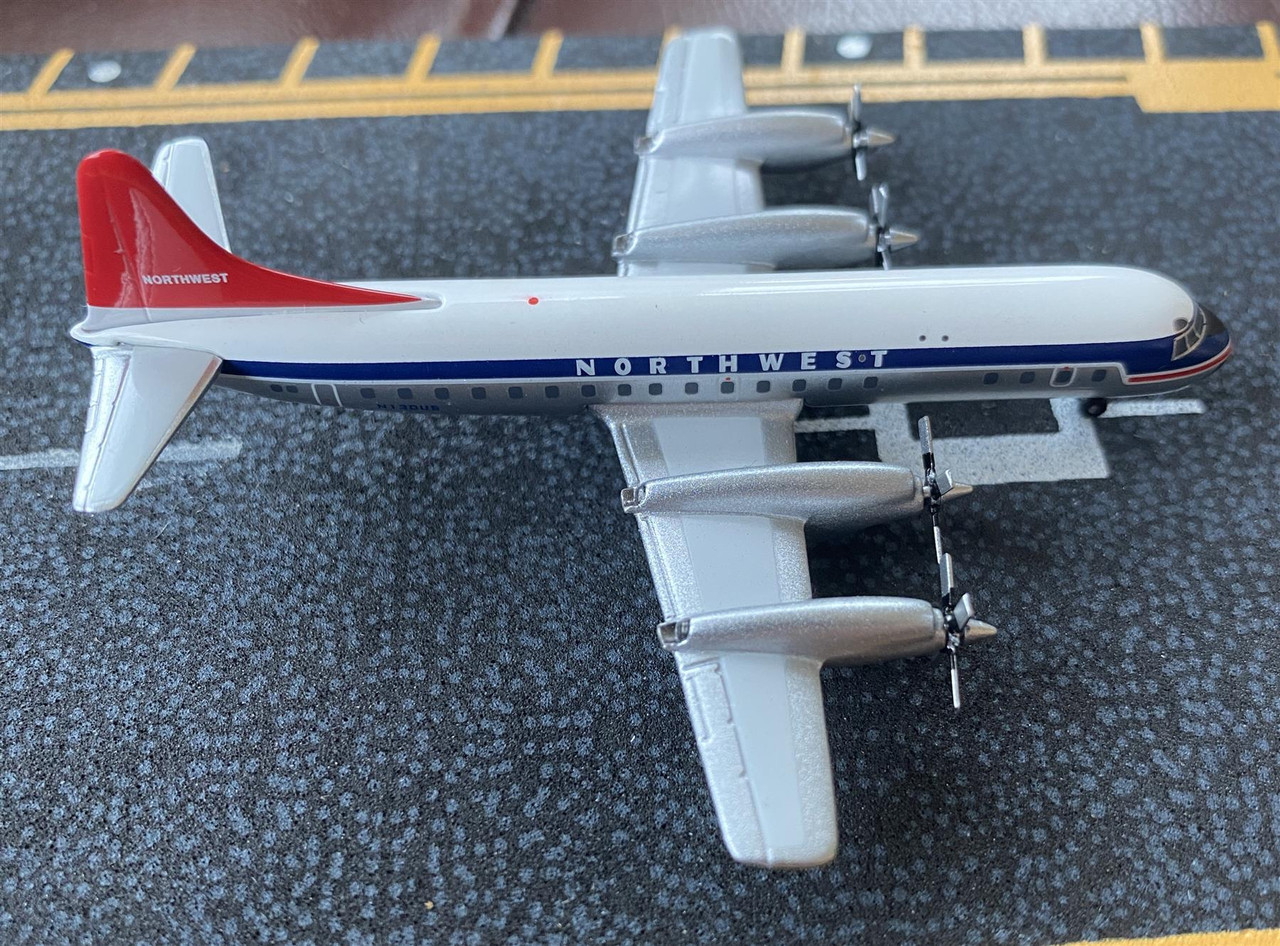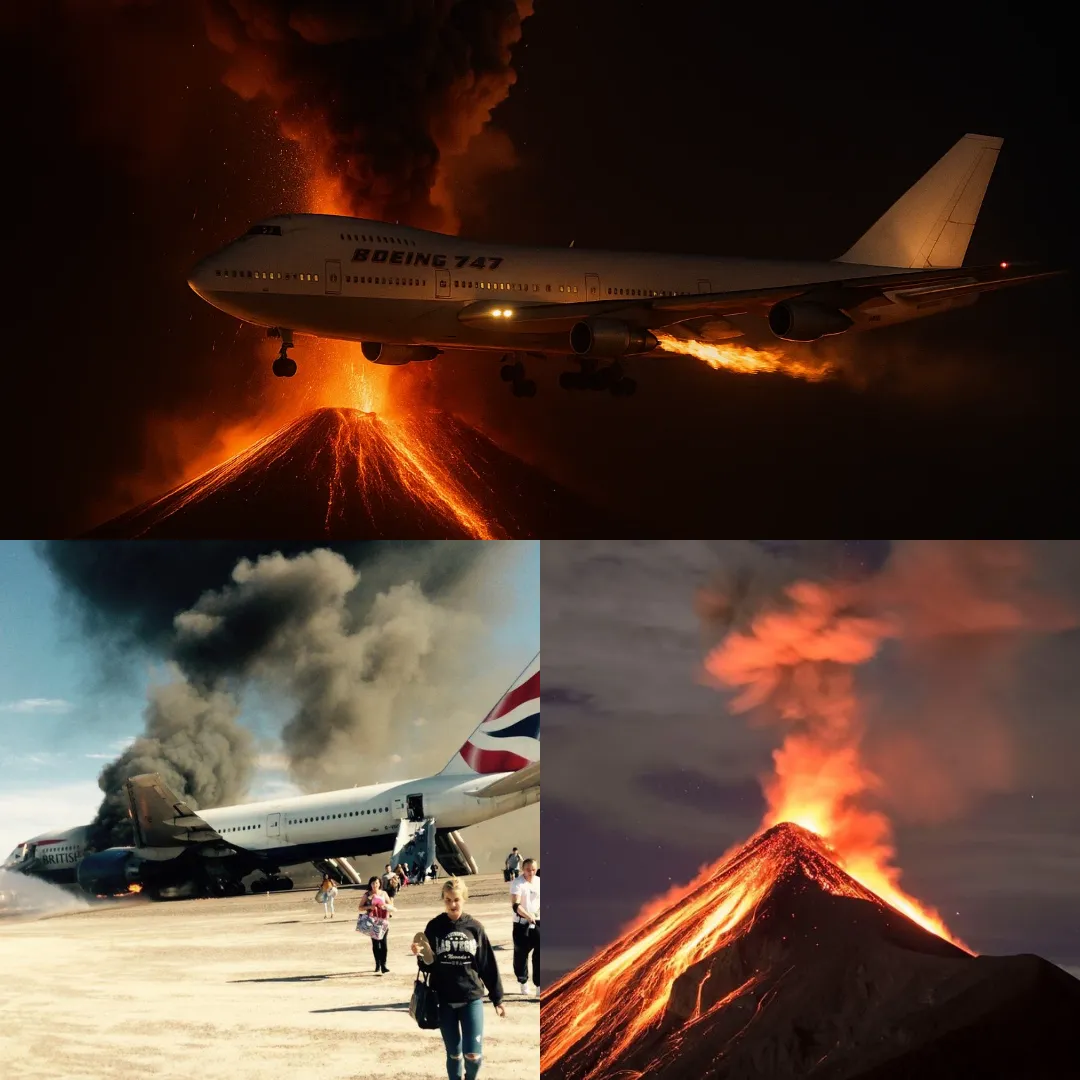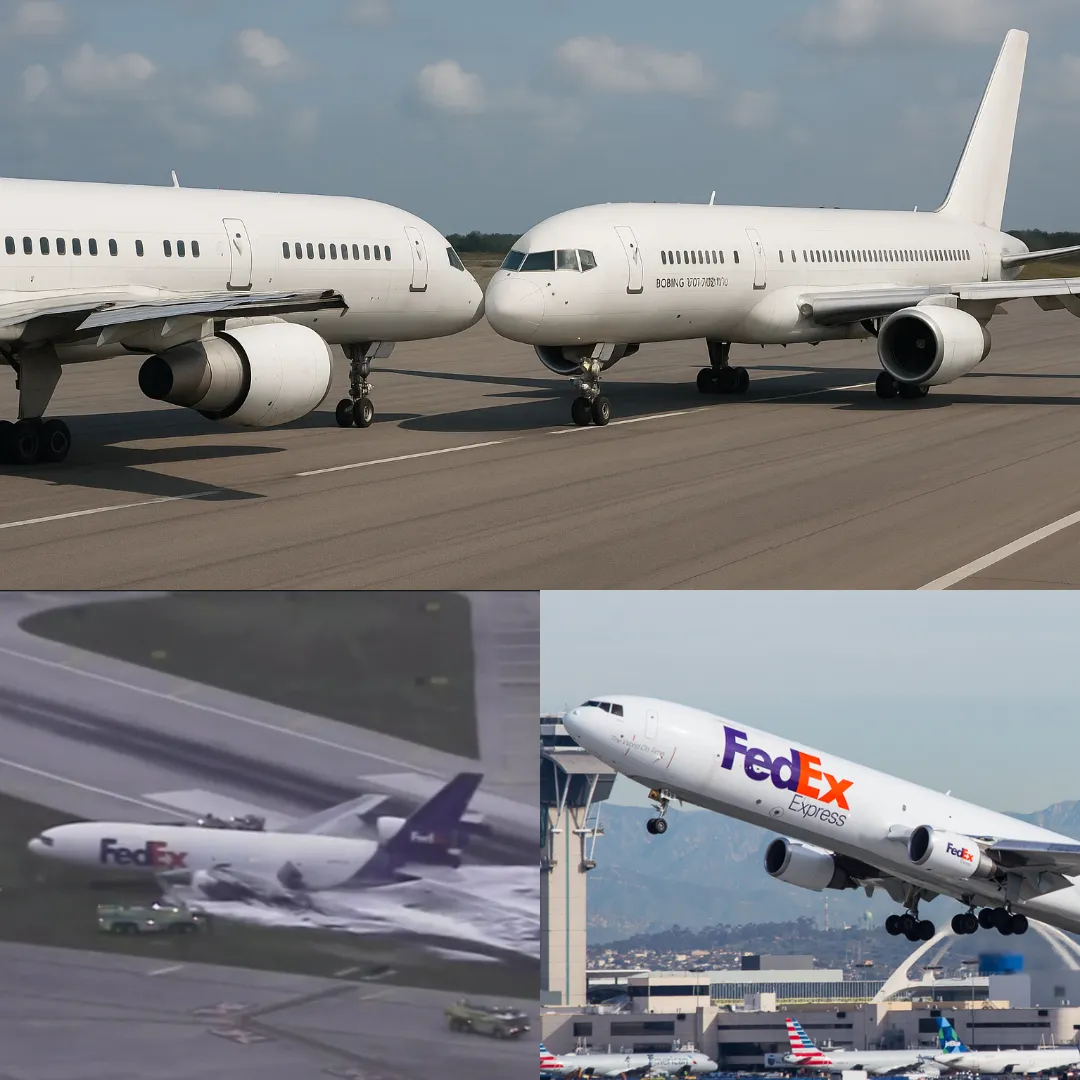
In what has become one of the most bizarre and alarming incidents in modern aviation, Northwest Airlines Flight 188 carved its name into history not through mechanical failure, weather catastrophe, or hijacking, but through a silence so profound it triggered fears of terrorism, summoned federal alarms, and ultimately cost two experienced pilots their careers.
On October 21, 2009, what began as a routine three-hour journey from San Diego, California to Minneapolis, Minnesota transformed into an aviation mystery that stunned passengers, air traffic controllers, and the entire American airline industry.
The flight, carrying 149 souls aboard an Airbus A320, departed San Diego at 4:59 p.m., cruising smoothly under the command of two veteran pilots: a 53-year-old captain with over 18,000 hours of flight time, and a 54-year-old first officer with nearly 14,000 hours, including extensive A320 experience.
The aircraft, outfitted with triple-redundant radios and advanced autopilot systems, offered all the tools for a safe and uneventful flight. And for the first portion, that’s exactly what it was. But what came next would defy every expectation.
As the sun dipped below the horizon and the plane leveled off at 37,000 feet, nothing seemed amiss. A flight attendant brought dinner to the cockpit, the captain took a short bathroom break, and the crew casually discussed a new computerized scheduling system implemented due to the ongoing merger between Northwest and Delta Airlines.

It was standard pilot banter—until it wasn't. When the captain returned, the conversation veered deep into gripes about the new system. Frustrated, he pulled out his personal laptop to show his schedule to the first officer. In clear violation of airline policy, the first officer followed suit.
Both men, seated in one of the world’s most high-tech cockpits, began focusing entirely on their screens. Meanwhile, the aircraft silently crossed from Denver Center’s airspace into several successive sectors, failing to make any of the expected routine radio check-ins.
For 77 minutes, Flight 188 glided over America's heartland without a single word transmitted to air traffic control.
Controllers attempted to reach the flight repeatedly across multiple radio frequencies, including the international emergency channel.
When that failed, they tried to send messages through ACARS, the onboard text communication system. What no one realized was that these messages were being received, but not acknowledged—likely unnoticed by the pilots lost in their laptops.
Eventually, the controllers began considering the worst-case scenarios. Had the plane been hijacked? Were the pilots incapacitated or dead?

Were terrorists about to steer the aircraft into a populated area? With no answers, and the aircraft fast approaching Minneapolis airspace, a full-scale emergency response began unfolding.
Fighter jets were readied for interception. The White House was notified. Airline dispatch was desperately contacted. And yet the cockpit of Flight 188 remained deathly silent.
Back on board, passengers sat peacefully, unaware that the aircraft had already flown more than 100 miles past its intended destination.
No announcement had been made. No course correction initiated. The autopilot, doing its job, had simply continued flying the preprogrammed route. But that route had long since ended.
The system switched to “heading mode,” continuing in a straight line while awaiting pilot input. There was none. The spell of distraction was finally broken not by a warning alert or a radio call, but by a flight attendant asking a simple question: “When will we be landing?” The captain looked up, glanced at the navigation display, and realized with horror that they had missed Minneapolis entirely.
In a scramble to reestablish contact, the pilots attempted to radio controllers—on the wrong frequency. Eventually they connected with Canadian airspace control and admitted what had happened.
The controllers directed them to Minneapolis Center, where they sheepishly reported, “We got distracted.” That statement would go down in history as perhaps the greatest understatement in aviation memory. The aircraft turned around, made a normal landing in Minneapolis, and was met by police, FBI, and aviation officials.

Passengers disembarked none the wiser, some only later realizing the seriousness of what had occurred. But for the aviation world, the implications were seismic.
This wasn’t a system failure. This wasn’t a hijacking or a fire. This was two highly trained professionals, completely absorbed in a non-flight-related task, violating policy and forgetting their fundamental duty—to fly the aircraft and ensure communication with ground control.
Despite clean records and extensive experience, both pilots had their licenses revoked within days. An NTSB investigation confirmed that neither had fallen asleep, fought, or suffered a medical episode. They were simply distracted by their laptops.
Because cockpit voice recorders only preserve the last 30 minutes of sound, there was no recording of the full hour of silence. The airline admitted it had failed to warn pilots adequately about new ACARS alert protocols and procedures.
Still, Delta Airlines (now the parent company) promised to implement stronger onboard alerts and review procedures to avoid a similar lapse.
The public, however, remained unsettled. In the post-9/11 world, the idea that a jetliner could go dark for more than an hour—and no one in the cockpit noticed—was unacceptable.
Yet perhaps the most disturbing part of the story lies not in its ending, but in its ordinariness. This wasn’t a dramatic nosedive or fireball crash. It was a quiet autopilot cruise into radio silence—an eerie drifting shadow across American skies, invisible and voiceless, while the world below held its breath.
If not for a flight attendant’s routine question, who knows how far the aircraft might have flown, how long the silence might have continued, or how differently this tale might have ended. Flight 188 became more than just a headline—it became a symbol. A wake-up call. A chilling reminder that even in our age of automation, distraction is the deadliest force of all.



